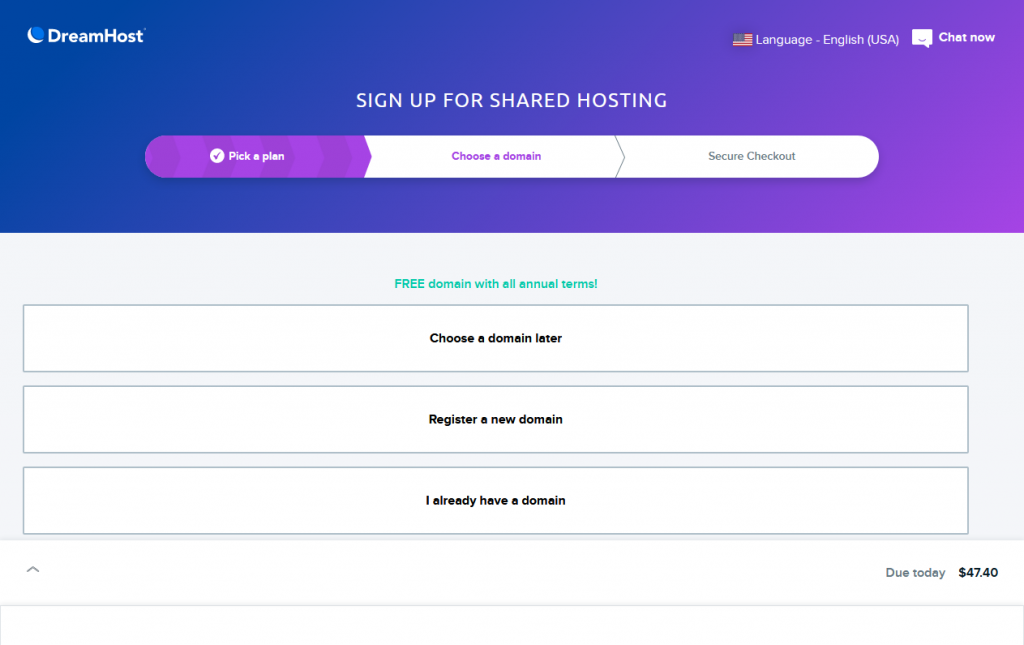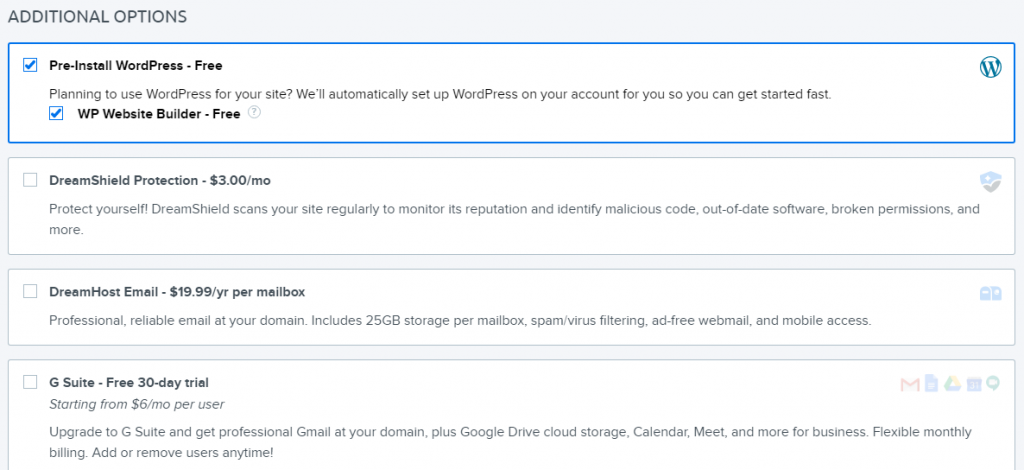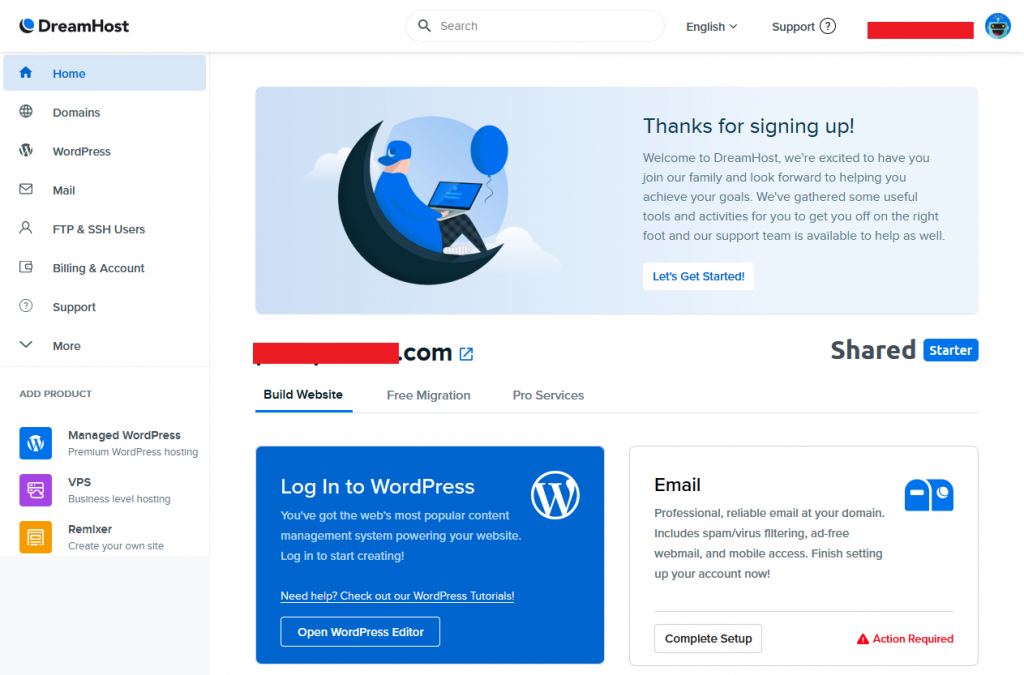
As a new time blogger, with a low budget, you are usually advised to set up your blog by yourself. It’s pretty straightforward and by doing it yourself, you get to spend less—$47.40 (about ₦19k) in the case of this tutorial. But if you want something very customized or professional, then you will have to hire someone (like me) to set it up for you for a fee.
In this post, we will look at what you need to start a blog in 2022; what a niche, domain and hosting is, where and how to buy domain and hosting for $50 only, how to install WordPress on it and log into your new blog, and what to do after installing WordPress.
But before that, if you are wondering why you should start a blog, here’s a commentary I made on why you should start a blog in 2022 and how to benefit from it.
Alright, let me quickly tell you what you will need (and do) to set up a blog by yourself.
1. Pick a Niche
A niche is a fancy word for what you are blogging about. It is the topic or category or area of interest that you decide to focus your blog on.
To pick a niche, some big names in the game say you should ask yourself, can you write 100 posts on what you want to blog about?
You need to ask yourself are you blogging for passion (like a hobby) or money, or both. Of course, we all like to earn money, most especially money from our passion, but there are some niches that won’t earn you “enough” money. I have two blogs—one for my hobby (to have fun) and the other for business. So, what I blog about on both blogs differ and written in line with the purpose behind them. But hey! I actually want to make money from both blogs. So there is no right or wrong answer.
If you want to start a blog in 2022, you should blog about something you are passionate about. It can be politics, sports, food, stories, poetry, relationship, food, lifestyle, diseases, parenting, business, music, chemistry, physics, even guns, etc. You don’t need to be well-informed or an authority in the topic from start—in the long run, it will grow on you.
2. Choose a Blogging Platform (free or paid)
You need to get a platform for blogging. There are a lot out there but the most popular ones are probably WordPress and Blogger (BlogSpot). So fvck it! Let’s just roll with it.
The platform you choose mainly depends on if you want a free blog or you are willing to spend some money on it. You need to decide whether you want to be spending a few bucks on your blog or you want to *pretend* you don’t have money and do the whole free blogging thing—which in my opinion is pretty much the same thing as using social media.
Unless you are a child or you are blogging for personal writing, as a hobby, or just for trying out sake’s and you are okay with having sub-domains like .wordpress.com and .blogger.com added to your blog address—meaning you’re not serious about it—then you should consider spending a few bucks on setting up a professional or “reasonable” self-hosted WordPress blog for yourself, with your chosen domain name (e.g. martinswrites.com) and so many potential features.
Otherwise, you are better off using social media. This is because free blogging platforms are just as limiting as social media. The take-home word here is “control”. It’s best to spend a few nairas on owning a professional blog you can control.
You have control when you have a self-hosted WordPress blog and there are very minimal restrictions, such as: don’t trample on someone’s reputation, use someone else’s identity, trademarks, or copyrighted materials without permission, don’t share illicit contents, or do anything illegal, etc. You know, all those legally implicating stuff.
But in most cases, you still get a “pretty please” message to take down that content, after all, it’s your own website! Like your own place, you won’t get kicked out as long as you keep paying your rent.
When you pay for something, the seller is accountable to you, not the other way around as is the case of using a free platform.
Luckily, you can always move to the paid WordPress platform when you have chosen to be serious.
If you’ve chosen to lose some changes from your bank account to start a blog—trust me, you won’t go hungry—then the first thing you want to do is buy a domain and hosting.
3. Buy a domain name and hosting
But what’s a domain and hosting, and what is a self-hosted WordPress blog?
- A domain name simply put is your blog address; it’s the link that is typed into a browser to get to your blog. E.g. martinswrites.com is my domain name. Basically you will want to go for a dotcom domain name. There are others like .net, .org, .co.uk, etc. Domains names are paid for on a yearly basis.
- A web hosting is a rented space on the internet where your blog content is stored. I like to see it as a folder on a company’s large computer (called a server) where you upload/store all your blog’s content—and pay the registrar a monthly, trimonthly, biannual, or annual fee to keep your folder there.
- WordPress is a CMS software. CMS means “Content Management System”. It’s a powerful, popular, and flexible software for building blogs and websites of all sorts.
- A self-hosted WordPress blog is a blog that has been set up by yourself on a hosting space you bought which is also connected to your domain name. Don’t worry, you will learn that shortly.
Where and How much to start a blog?
The best place where you can get a domain name and hosting to start your blog is Dreamhost. As a starter blogger, it’s advisable to go for their shared hosting or WordPress hosting plans, and the cheapest plan—and adopt the annual payment cycle.
With just approximately $50, you can get a .com domain name and good hosting for your blog from Dreamhost if you opt for their shared starter hosting plan. They are highly recommended among their peers, and their shared starter hosting plan is great for new bloggers.
Disclosure: I am an affiliate for Dreamhost, and will receive a commission if you sign up through my referral link. This is at no additional cost to you, and you will get great pricing and a free domain name through my link.
==> To get started, Click here to go to Dreamhost website.
==> Click on the Get Started button.
==> Select the Shared Starter plan by clicking the Sign Up Now button below its listed features.
Note: Ensure the blue toggle just below the Choose Your Hosting Plan heading is set at Yearly Plans.
==> On the next page, you will notice the total price you are to pay at the right bottom corner of your screen —which is $47.40 (about ₦19,000) only.
==> Chose the Register a new domain option and enter the dotcom domain you have chosen for your blog (e.g. martinswrites.com) in the field provided and click the search icon.

==> Dreamhost will check if the domain name is available (i.e. not already registered by someone else). If it’s still available, a congrats message and an ADD FOR $0.00 button will come up. Click on the button to add your domain name to the order.
==> Next, you will be taken to the final checkout page for account setup and payment.
==> You may notice that the price at the right corner has raised significantly from the $47.40 to $70+. This is because of some automatically added OPTIONAL features. If you scroll down, you will notice ADDITIONAL OPTIONS before the Submit Order button.
As in the image below, simply untick: DreamShield Protection priced at $3.00/mo, DreamHost Email priced at $19.99/yr per mailbox Professional, and the G Suite – Free 30-day trial Starting from $6/mo—they are optional features which means you can do without them unless you are absolutely sure you need them or can afford it. Removing all these will return your order cost back to $47.40.
==> Note: As in the image below, ensure you tick the Pre-install WordPress – Free option. This will ensure Dreamhost automatically install WordPress and have your blog set up for you so you don’t have to do it yourself.

==> You will be required to choose a payment option (Credit card or PayPal) and fill in your billing information. If you select the credit card payment option, you will be required to enter your card details: Name on card, card number, card expiration date, and the 3-digit security or CVV code usually at the back of your card. Cards supported are MasterCard, Visa card, AMEX, and Discover. You can use your Nigerian MasterCard or visa card to make the payment.
Note: If you have any difficulty making international payments, you can acquire Virtual Debit Cards on the internet. A virtual card is a digital debit card that you can top-up/fund—usually a minimum of $10—and use to make payments online. Just like your regular physical card, it has your name, card number, expiry date, and CVV.
By now you may be familiar with Flutterwave. Well, Flutterwave has an app on Google playstore called Barter (Barter by Flutterwave). With the app you can create and fund Virtual cards easily—they usually issue Mastercard and Visa cards. When you download the app, you can fund it using any of your physical Nigerian debit (ATM) card, be it Mastercard, Visa, or Verve. Then you use it to make payments online.
Africa wallet and FxKhudi are also good apps to get virtual cards—but I’m partial to Barter. It’s the oldest in the industry and their dollar-naira rates are cheaper compared to others
==> Apart from entering your card info, you will be required to enter your billing address.
==> Then, enter your signup details: your email, your name, and phone number. You can also signup with Google in a click using the Signup with Google button.
==> Finally, confirm all the information you have provided and click the Submit Order button.
==> Your order will be processed, the equivalent amount for $47.40 deducted from your card, and your account will be created with your login credential sent to your email address.
Note: Usually, Dreamhost keeps a new account under review for 24-48 hours, during which you won’t be able to do anything. But once your account is approved, you will be able to log in and access your Dreamhost hosting dashboard.

==> Now you can access your WordPress blog by clicking the Open WordPress Editor button in the blue Log In to WordPress box.
Cheers! That’s all!! Your blog is successfully created!!! You and your friends can now access it with your domain name.
As an admin of your site, after successfully installing wordpress and accessing your site on your purchased domain name, you can always log in to your blog dashboard by adding /wp-login.php or /wp-admin to your domain name. E.g. yourblogname.com/wp-admin.
What To Do After Installing WordPress
Now that you have successfully install WordPress and your blog is ready and working, there are a couple of things—kinda a lot—that you’re gonna be doing before you publish your first blog post. Things like learning how to post, create categories, writing and formatting your posts, setting your blog permalinks, adding plugins and finding a beautiful theme for your blog. You will also need to learn how to setup email subscription (newsletters), get traffic (readers) to your new blog, and the various means to make money off your blog.
I can’t cover all that in this one post, so I chose to prepare a FREE 5-DAYS EMAIL COURSE for this instead. This free email course will walk you through some basic tips to successfully take your blog off the ground. It comes with a FREE DOWNLOADABLE EBOOK, a handy guide if you may, that you can have at the go whenever and wherever to assist you in what to do next after installing WordPress and also how to add contents like your pages, your blog posts and media files.
Here’s the free email course outline:
Day 1: A welcome email with my free WordPress starter eBook
Day 2: How to write a good blog post (with basic SEO touch)
Day 3: How to get traffic to your new blog
Day 4: Why you need an email list
Day 5: How to make money from your blog
If you want to learn more about setting up your blog, familiarizing yourself with WordPress, and growing your blog, please take advantage of my FREE 5-DAYS EMAIL COURSE. After completing it, you will receive some tips, support, and recommendations from me from time to time to help you in your blogging journey. If you subscribe below now, you will start receiving them in your inbox.
How to Start a Blog FREE Email Course
Learn how to treat your blog like a business and make life-changing money in months, not years. Join my email list for a 5-day email course on setting up a blog all the way to getting readers and making money.
PS: As you can see, setting a blog is not easy work—It’s more than just buying a domain name and hosting and installing WordPress—I say this a lot because sometimes I get clients who want to pay me less because they think that’s all there is—even though after paying they start asking for much.
That being said if you don’t want to stress yourself trying to set up your blog, I can do it for you. Pricing ranges from ₦50,000 to ₦100,000+ depending on the bulk of work. If you can afford it, you can contact me and we’ll have your blog up and running in no time.

 Join Our Newsletter!
Join Our Newsletter!